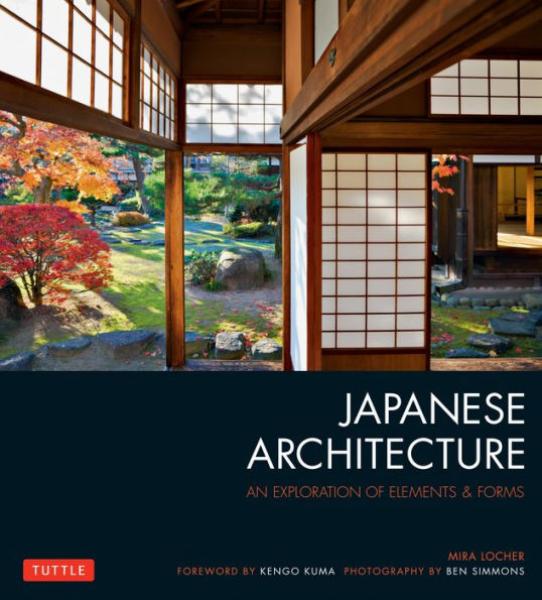Description
In Japanese Architecture, author Mira Locher explores how each of these stories encompasses the particular development, construction, function and symbolism inherent in historic architectural elements. From roofs, walls and floors to door pulls and kettle hangers, Japanese Architecture situates these elements firmly within the natural environment and traditional Japanese culture.
Japanese architecture developed with influences from abroad and particular socio-political situations at home. The resulting forms and construction materials--soaring roofs with long eaves, heavy timber structures of stout columns supporting thick beams, mud plaster walls flecked with straw and sand and the refined paper-covered lattice shoji screen--are recognizable as being of distinctly Japanese design. These constructed forms, designed with strong connections to the surrounding environment, utilize natural construction materials in ways that are both practical and inventive.
This fascinating architecture book provides a comprehensive perspective of traditional Japanese architecture, relating the historical development and context of buildings and the Japanese garden while examining the stories of the individual architectural elements, from foundation to roof.
"Designers, architects, artists, and anyone with a love of Japanese traditional culture will enjoy this book." --Library Journal
"It describes architectural components thoroughly, exactingly, and lovinglyùidentifying them all with Japanese terms. Overall, this is a delightful book of photographs and a useful...guide for Japanophile architects and designers." --Choice magazine
"Mira Locher makes the observation that tradition only exists as an idea when it is challenged or superseded by the new. In her first-rate resource book on traditional design you will learn a great deal about construction methods, in which the use of natural materials encouraged a responsible attitude toward conservation." --The Japan Times
"Wider-ranging than most and packed with extensive discussions, Japanese Architecture is a satisfying introductory survey for any who would understand the unique style, function and approach of Japanese design." --Midwest Book Review
Product Details
- Tuttle Publishing Brand
- Mar 17, 2015 Pub Date:
- 4805313285 ISBN-10:
- 9784805313282 ISBN-13:
- 224 Pages
- 10 in * 8.9 in * 0.7 in Dimensions:
- 2 lb Weight:




